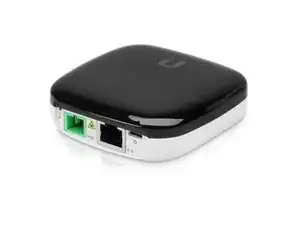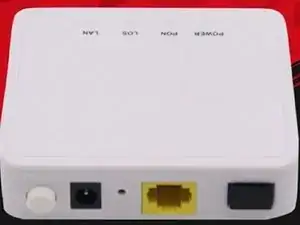Background
A fiber optic modem, also known as an optical modem or optical network terminal, is a device that converts digital signals from a computer or other device into optical signals that can be transmitted over a fiber optic network. It performs the function of a traditional modem but instead of using copper cables to transmit data, it uses optical fibers, which can transmit data at much higher speeds and over much longer distances.
Fiber optic modems are commonly used in telecommunications networks, cable TV systems, and internet service providers (ISPs) to provide high-speed data transmission over long distances. They are also used in industrial settings where high-speed data transmission is required over long distances, such as in oil and gas exploration, and in medical imaging applications.
The basic components of a fiber optic modem include a transmitter, a receiver, and a signal amplifier. The transmitter converts electrical signals into light signals, which are then transmitted over the fiber optic cable. The receiver at the other end of the cable then converts the light signals back into electrical signals that can be read by the computer or other device.
Fiber optic modems are capable of transmitting data at very high speeds, often in the gigabits per second range. This makes them ideal for applications that require high-speed data transfer over long distances, such as in video streaming, online gaming, and cloud computing.

